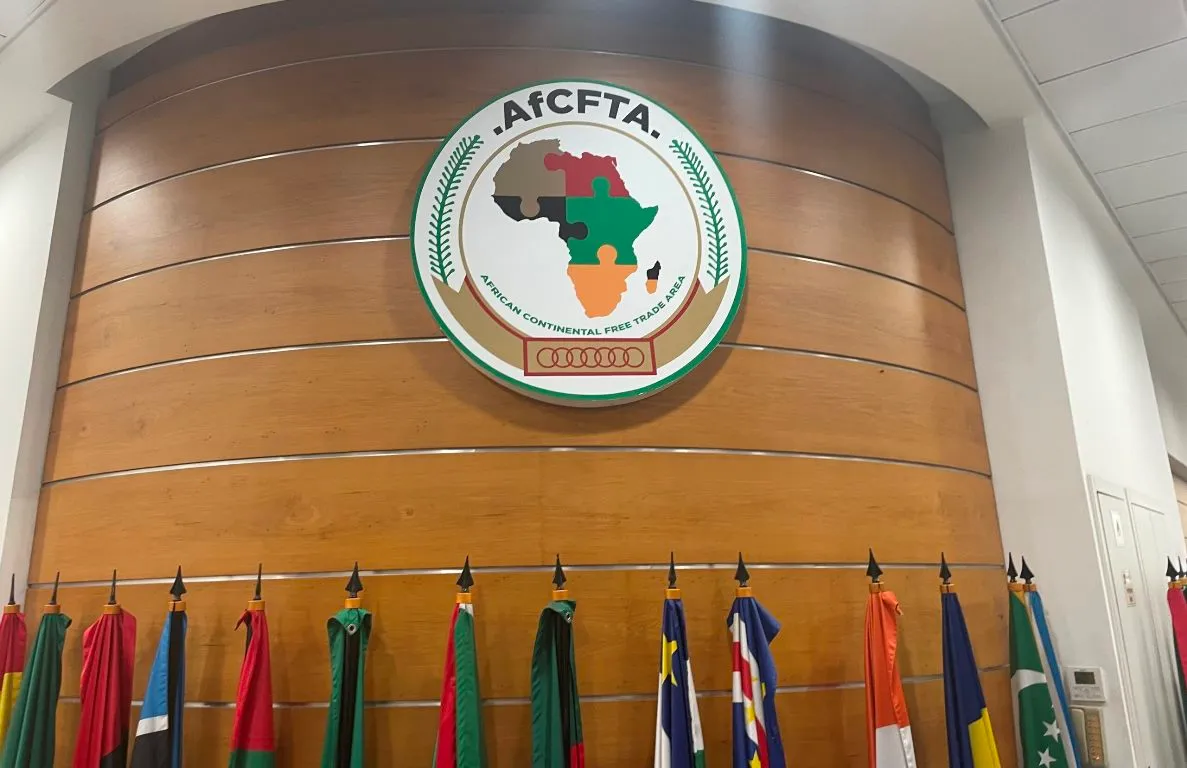Sustainable Energy for All has stated that the high cost of financing severely reduces the economic benefit of renewable energy solutions in developing countries, further slowing down and limiting their adoption.
This was mentioned in the recent knowledge brief SEForAll that was published.
In order to achieve their development objectives, nations all over the world, particularly those in developing countries that experience a disproportionate number of climatic vulnerabilities, have shown a strong commitment to promoting the use of renewable energy.
Data suggests that emerging markets and developing economies have lagged behind in absorption, nevertheless.
SEForAll claims that developing nations adopt renewable energy at a faster rate than emerging markets and developing economies due to elements like lack of capital.
SEForAll claims that the cash pouring into emerging and developing economies is not only small in scope but frequently prohibitively expensive, with much higher interest rates prevalent in developing countries
Additionally, just one-third of all energy investments were made in emerging markets and developing countries in 2021, despite representing two-thirds of the global population.
The executive summary draws attention to the widening imbalance, with only 20% of global investments in clean energy technologies going to underdeveloped and emerging nations, excluding China.
Recall that in April 2023, 85% of global investments in renewable energy benefited less than 50% of the world’s population, with Africa only contributing 1% of the increased capacity in 2022.
According to the SEForAll knowledge brief, systemic catalytic financial solutions are needed to unlock the consumption of renewable energy and can be supplied by taking specific activities to achieve the following three goals:
The discovery of investment opportunities in renewables by country and market utilizing existing assets: Energy Transition Investment Plans, Just Energy Transition Partnerships, and Energy Compacts. Identify market potential and pipelines.
Creative financing methods, such as guarantees, credit-enhancement techniques, or risk-based financing, are developed with concessional capital to attract private funding and produce leverage.
The involvement of financial regulators and credit rating agencies in climate discussions to ensure appropriate pricing of climate risk. Currently, credit ratings do not account for country-specific transition and physical climate risk, resulting in inaccurate risk prices across asset classes.
Additionally, there has to be an increase in local currency investments in clean energy projects in developing countries with appropriate climate risk pricing because, at the moment, domestic banks in these countries lack the necessary tools to assess clean energy projects.










